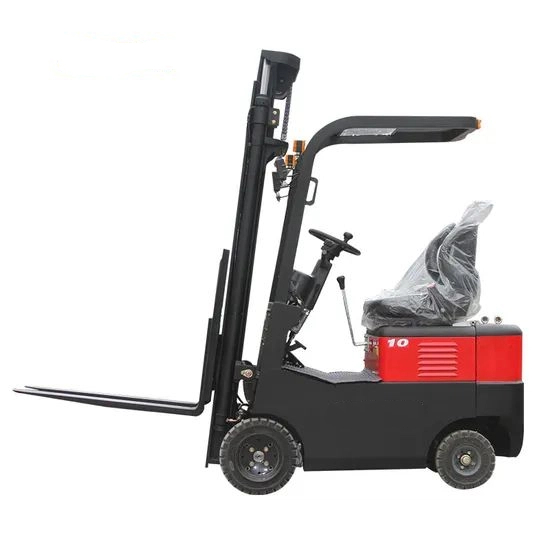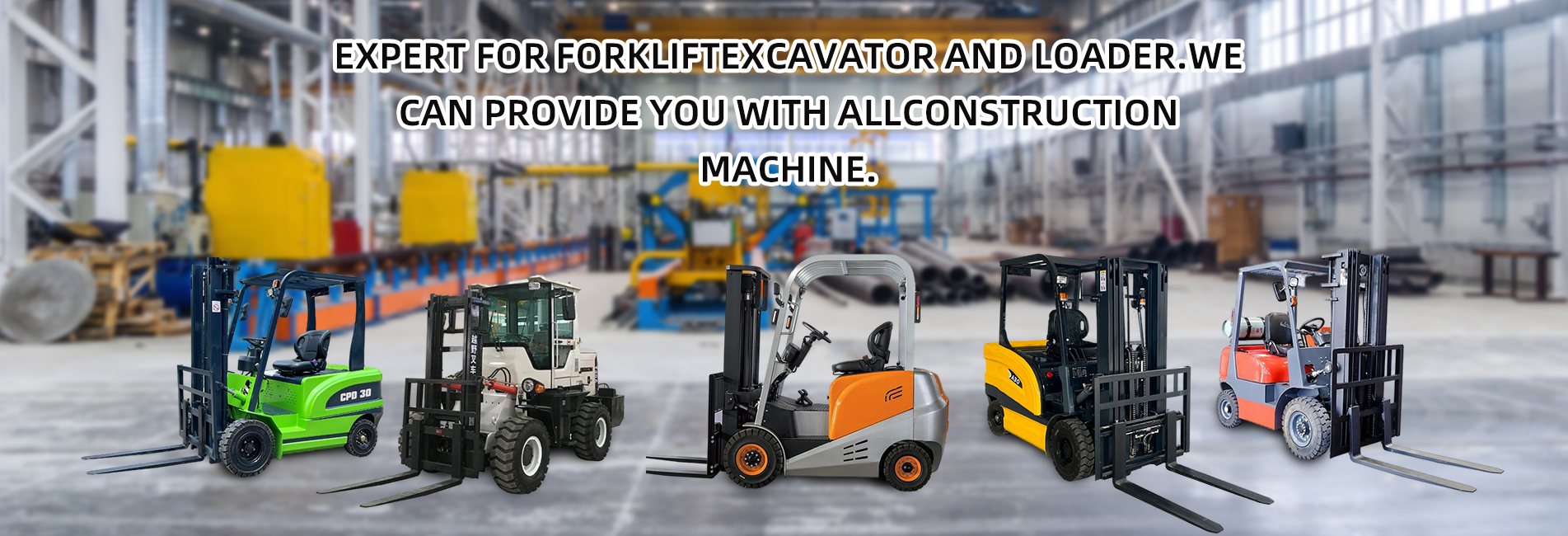Although electric forklifts have significant advantages in terms of environmental protection, noise reduction, and maintenance, they also have some inherent limitations. These drawbacks may affect operational efficiency or increase usage costs in specific scenarios, as detailed below:

I. Limitations in (Battery Life and Energy Supply)
- Dependence on battery capacity for range: A single charge typically provides a range of 4-8 hours (depending on battery capacity, operational intensity, and lifting frequency), which cannot meet the needs of 24-hour continuous operation. For example, during the "Double Eleven" peak period in e-commerce warehouses, high-frequency handling may require mid-operation stops for charging, affecting efficiency.
- Costs of charging facilities and time: Supporting charging piles or stations are required, and charging takes a long time (6-8 hours for regular charging, 1-2 hours even for fast charging), whereas internal combustion forklifts can resume operation with just a few minutes of refueling. In scenarios without backup batteries, this may lead to operational interruptions.
- Battery lifespan and replacement costs: Lead-acid batteries have a lifespan of approximately 1,000-1,500 cycles (about 2-3 years), while lithium batteries last around 2,000-3,000 cycles (about 3-5 years). Replacement costs are high (accounting for 20%-40% of the forklift's total price), and old batteries must be disposed of in compliance with regulations (to avoid environmental risks).
II. Poor Environmental Adaptability
- Reduced performance in low temperatures: In environments below 0°C (such as cold storage facilities or outdoor areas in northern winter), battery capacity decreases significantly (by 30%-50% potentially), resulting in shorter range and lower charging efficiency. Even "cold storage-specific batteries" perform less stably than internal combustion forklifts in low temperatures.
- High requirements for ground load-bearing capacity: Batteries increase the forklift's weight (electric forklifts of the same tonnage are 10%-30% heavier than internal combustion models), which may exceed the load limits of some floor warehouses or lightweight floors. Ground strength must be evaluated in advance to prevent cracking.
- Poor tolerance to harsh environments: Although some electric forklifts have dustproof designs, in dusty (e.g., cement plants, gravel yards), humid/muddy (e.g., outdoor construction sites), or high-temperature/humidity environments (e.g., tropical warehouses), motors and circuits are prone to corrosion, leading to higher failure rates than internal combustion forklifts.
III. Limitations in Power and Operational Capability
- Weak climbing ability: Due to the torque output characteristics of motors, their climbing capacity is usually ≤15% (approximately 8.5°), while diesel forklifts generally have a climbing capacity of ≥20% (approximately 11.3°). Thus, they are unsuitable for steep terrains (e.g., outdoor slopes, scenarios with large height differences between truck loading platforms and the ground).
- Insufficient power during heavy loads: Motors may experience "power lag" when lifting or accelerating under full load, especially at high lifting heights (≥6 meters), where mast lifting speed is slower than that of powerful internal combustion forklifts.
- Weight affects flexibility: The heavier body increases inertia during turns, making steering flexibility in narrow passages (e.g., shelf spacing ≤2.5 meters) slightly inferior to short-wheelbase internal combustion forklifts of the same tonnage.
IV. High Initial Investment and Supporting Costs
- High purchase cost: Electric forklifts of the same tonnage are 30%-50% more expensive than internal combustion models (e.g., a 3-ton electric forklift costs approximately 100,000-150,000 RMB, while a diesel model costs 60,000-100,000 RMB), posing a significant burden for small and medium-sized enterprises with limited budgets.
- Costs of supporting facilities: In addition to charging piles, lithium battery forklifts may require dedicated chargers (to prevent overcharging), and lead-acid batteries need regular water replenishment and maintenance, increasing long-term hidden costs.
Summary
The drawbacks of electric forklifts mainly lie in limited range, poor environmental adaptability, and high initial costs. They are more suitable for fixed indoor scenarios and medium-to-low frequency operations. For outdoor harsh environments, high-intensity continuous operations, or steep terrains, internal combustion forklifts may be a more practical choice. In actual selection, comprehensive consideration of operation duration, site conditions, and budget is necessary to avoid overlooking practical pain points due to "environmental advantage


